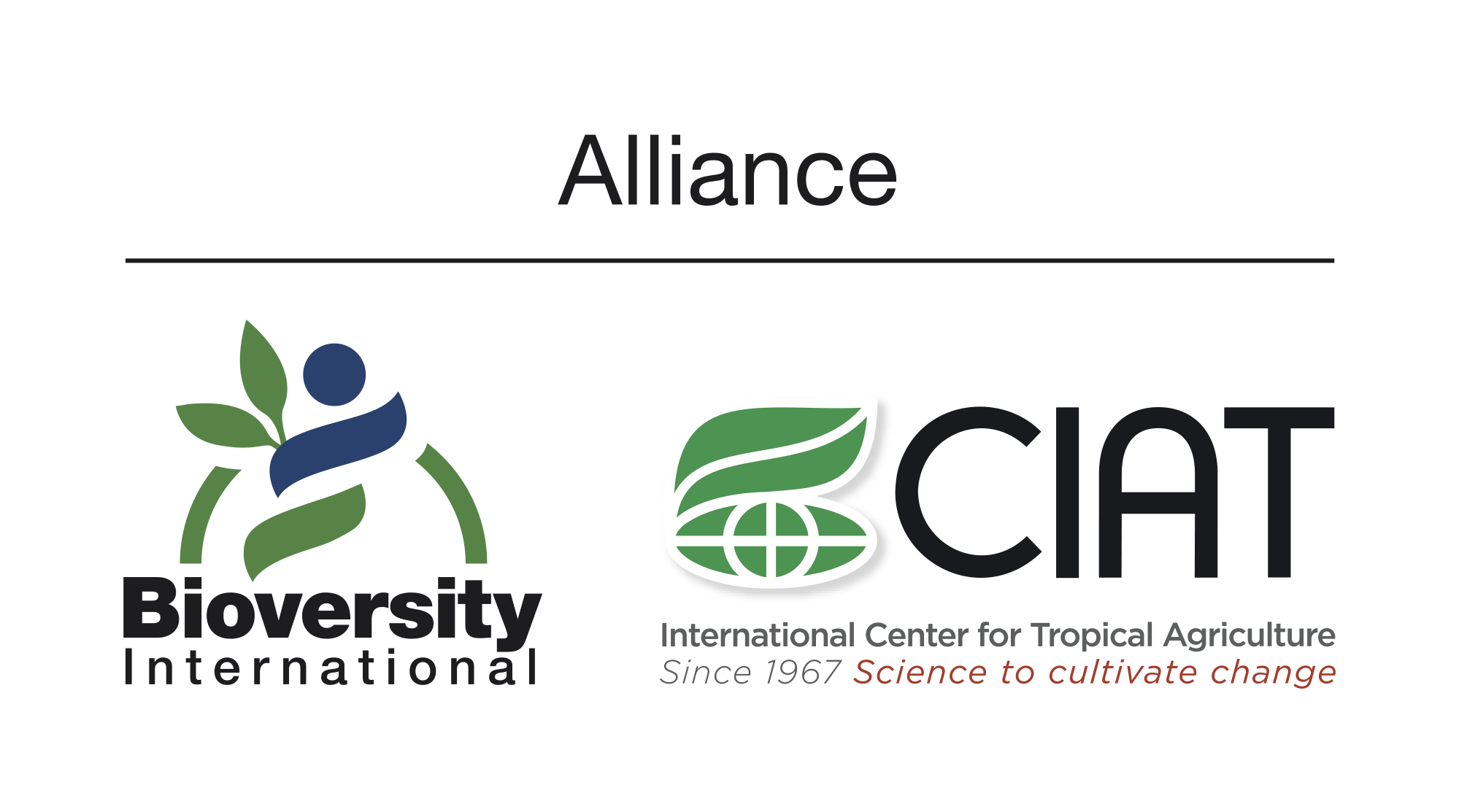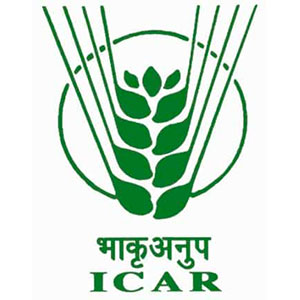This region can be divided into sub-agro-climatic zones comprising the cold arid, high hill temperate, subtemperate Shivalik to tarai region. The mean annual rainfall is 1,000–2,000 mm for northern plain, hot subhumid region, and 1,600–2,000 mm for Western Himalayan warm sub-humid region. The Himalayan region is rich in water resources, but more than two-thirds of its gross cropped area is rainfed. Hilly and mountainous terrain makes harnessing of river waters difficult. Land holdings are very small, and the topography is undulating. Mechanization is rare and is compounded by the topography and the small terrace cultivation. Rich genetic diversity occurs in maize, rice, wheat, barley, small millets, pseudocereals, pulses particularly beans, lentil, horse gram, field peas, vegetables and several other crops including vast variety of temperate fruits and medicinal plants, possessing traits of high value and tolerance to cold and drought conditions.
The region is also credited with many endemic crops such as saffron, seabuckthorn, black cumin, pine nut, hazel nut, dry apricot, wild Alliums, and black soybean (Kala bhatt).





